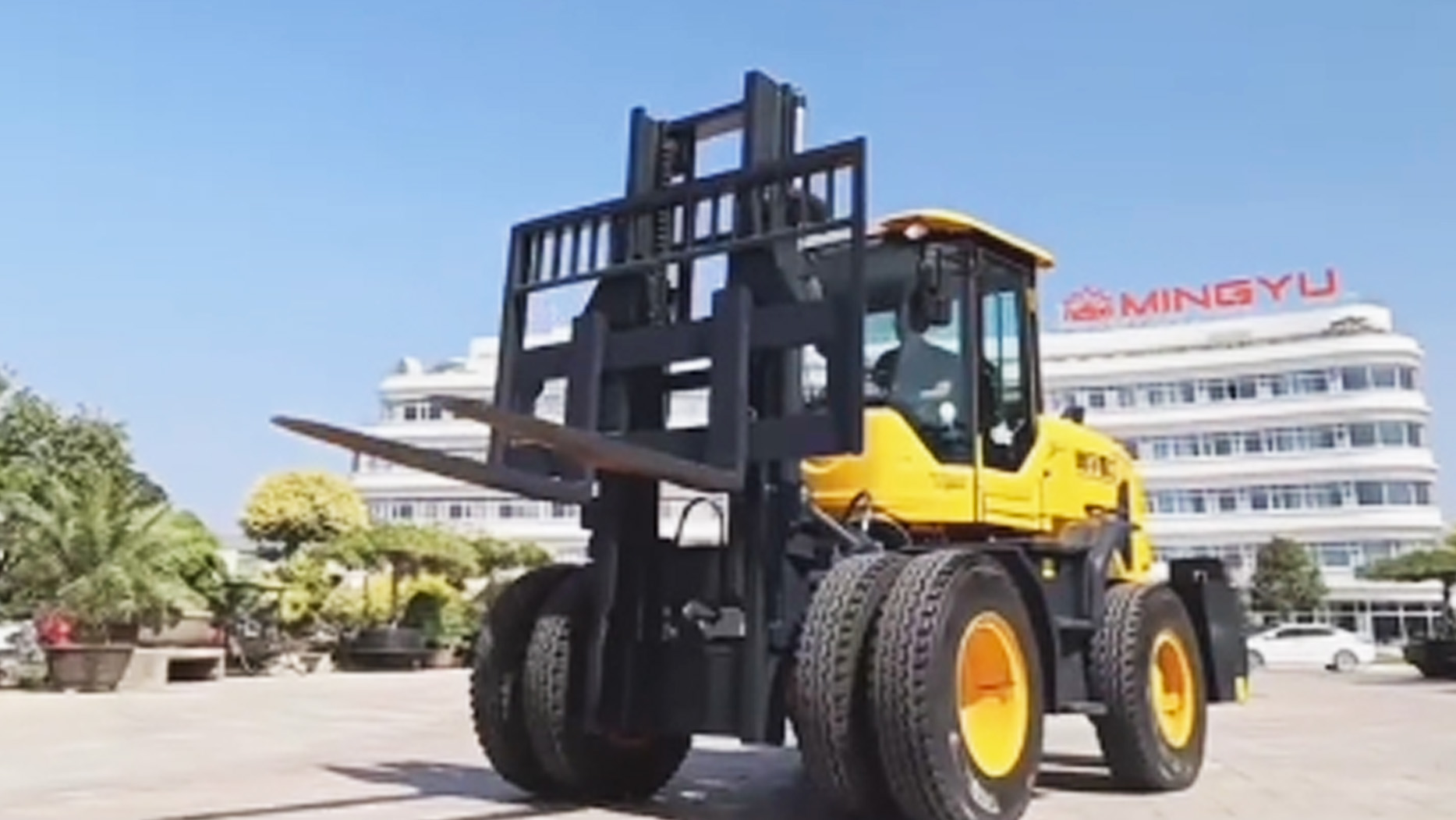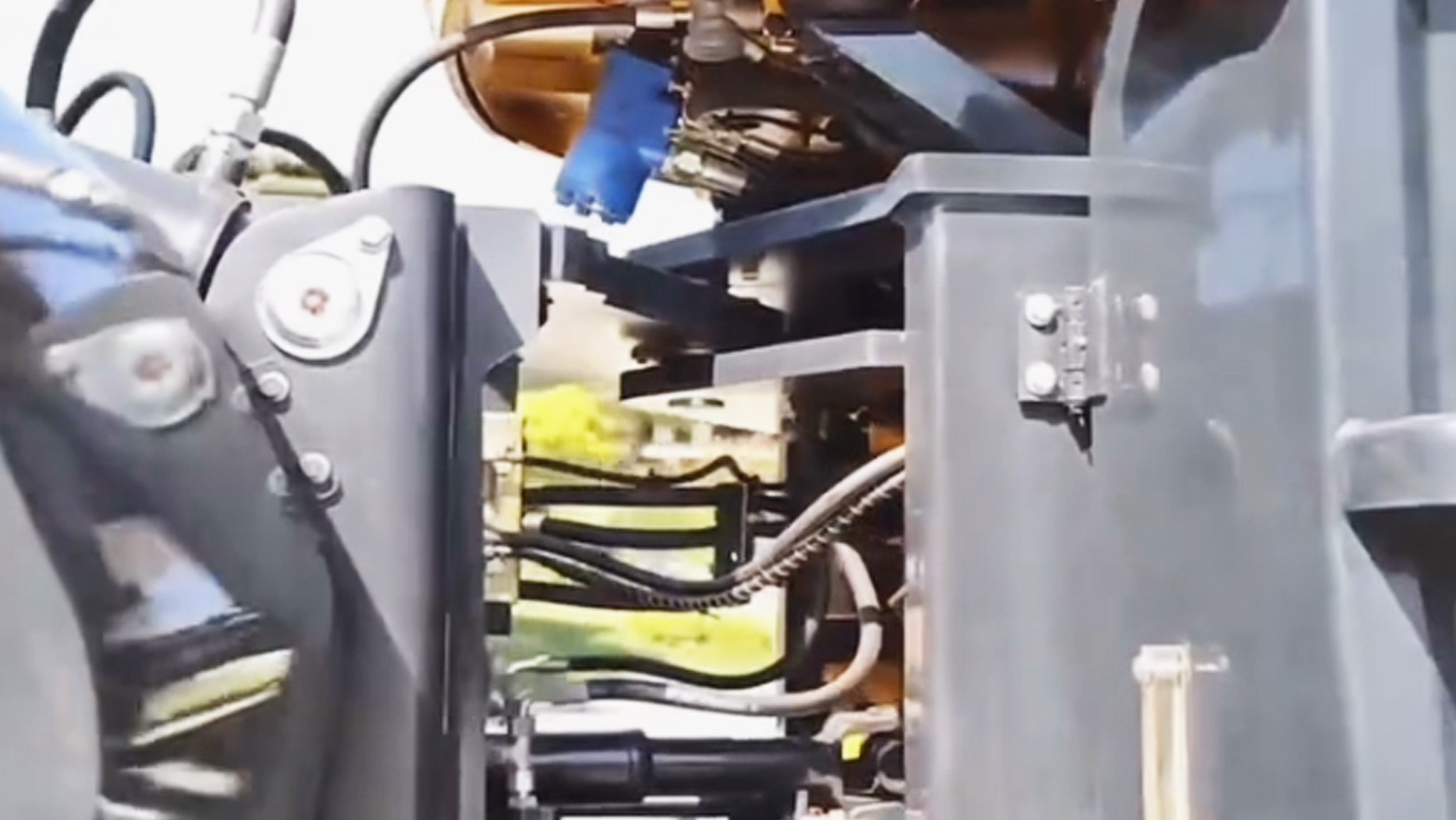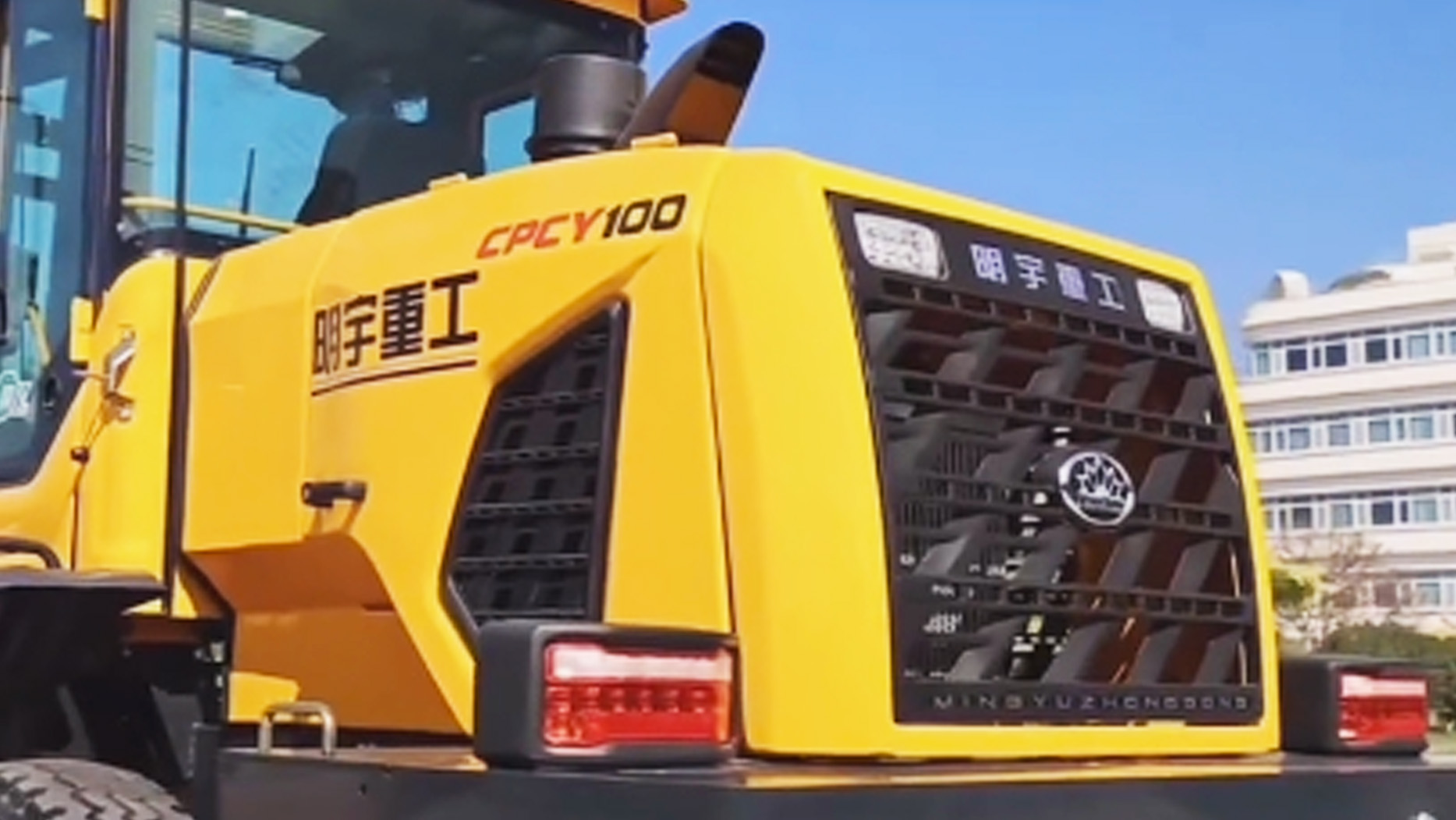Off-road forklifts, engineered for rugged terrains and demanding environments, provide essential material handling capabilities in construction, agriculture, forestry, and various outdoor industries. However, their operation presents unique safety challenges compared to indoor forklifts due to the unpredictable nature of their work environments. This article explores the critical safety considerations for operating an off-road forklift, covering pre-operation checks, operational procedures, environmental factors, and post-operation protocols.
Understanding Off-Road Forklift Characteristics and Associated Risks
Off-road forklifts are designed with features that enable them to navigate challenging terrains, including:
Large, Pneumatic Tires: Providing increased traction and stability on uneven surfaces.
High Ground Clearance: Allowing for operation over obstacles and rough terrain.
Heavy-Duty Construction: Designed to withstand the rigors of outdoor environments.
Despite these features, off-road forklifts present specific safety risks:
Tip-Overs: Due to uneven terrain, steep slopes, and unstable loads.
Collisions: Resulting from blind spots, limited visibility, and rough terrain.
Entanglement and Crush Injuries: Occurring when operators or pedestrians are caught between the forklift and obstacles.
Environmental Hazards: Including extreme weather conditions, dust, and debris.
Load Instability: Due to uneven ground, wind, and improper load handling.
Equipment Damage: From impacts with rocks, trees, and other obstacles.
Pre-Operation Safety Checks
A thorough pre-operation inspection is critical for ensuring the safe operation of an off-road forklift.
Visual Inspection:
Inspect the tires for damage, proper inflation, and adequate tread depth.
Check for any leaks in the hydraulic system, fuel system, or engine.
Examine the forks for bends, cracks, and proper locking mechanisms.
Inspect the mast and carriage for smooth operation and any signs of damage.
Verify the condition of the roll-over protective structure (ROPS) and seatbelt.
Check for any damage to the frame, chassis, and other structural components.
Inspect all lights, and alarms.
Functional Checks:
Test the steering, brakes, and accelerator for proper operation.
Verify the functionality of the lifting and lowering mechanisms, ensuring smooth and controlled movement.
Test the tilt mechanism (if applicable) for proper operation.
Check the functionality of the 4WD or AWD system.
Test the horn, lights, and backup alarm.
Ensure the presence and functionality of any safety devices, such as load backrests and overhead guards.
Work Area Inspection:
Assess the terrain for unevenness, slopes, obstacles, and potential hazards.
Identify any overhead hazards, such as power lines, trees, or structures.
Check for any underground utilities or pipelines.
Evaluate the weather conditions, including wind, rain, and visibility.
Ensure adequate lighting in the work area, especially during low-light conditions.
Ensure that any pedestrian walkways are clearly marked and seperated from the forklift operating area.
Safe Operating Procedures
Following established operating procedures is essential for minimizing risks and preventing accidents.
Operator Training and Authorization:
Only trained and authorized personnel should operate off-road forklifts.
Operators must be familiar with the specific model of forklift and its operating manual.
Training should include specific instruction on operating in off-road conditions.
Regular refresher training should be provided to maintain operator proficiency.
Load Handling:
Determine the load capacity of the forklift and ensure it is not exceeded.
Ensure the load is properly secured and stable.
Position the forks correctly under the load, ensuring they are fully engaged.
Lift the load smoothly and slowly, avoiding sudden movements.
Keep the load as low as possible during travel to maintain stability.
When lifting or lowering loads, ensure no personnel are in the immediate vicinity.
Avoid lifting loads that are unstable or damaged.
Traveling and Maneuvering:
Travel at a safe speed, especially on uneven terrain or slopes.
Be aware of blind spots and use mirrors or spotters as needed.
Maintain a safe distance from other equipment and personnel.
Sound the horn when approaching intersections or blind corners.
Avoid sudden starts, stops, and turns.
When traveling on slopes, keep the load uphill.
Use the 4WD or AWD system as needed for increased traction.
Be cautious when operating near edges or drop-offs.
Working on Slopes:
Assess the slope for stability and potential hazards.
Travel straight up or down slopes, avoiding side-to-side movement.
Keep the load low and tilted back to maintain stability.
Use low gear and maintain a slow, steady speed.
Avoid turning on slopes.
Environmental Considerations:
Be aware of weather conditions and adjust operating procedures accordingly.
In windy conditions, be cautious of load instability.
In rainy or snowy conditions, be aware of slippery surfaces.
In dusty conditions, wear appropriate respiratory protection.
Be aware of extreme temperatures and take necessary precautions.
Pedestrian Safety:
Operators must always yield to pedestrians.
Maintain a safe distance from pedestrians.
Use audible warnings when approaching pedestrians.
Ensure that pedestrian walkways are clearly marked and separated from forklift operating areas.
Post-Operation Procedures
After completing operations, proper shutdown procedures are essential.
Parking and Securing:
Park the forklift on level ground, if possible.
Lower the forks to the ground.
Set the parking brake.
Turn off the engine.
Remove the key to prevent unauthorized use.
Reporting Damage or Malfunctions:
Report any damage, malfunctions, or safety concerns to the supervisor immediately.
Do not operate a damaged or malfunctioning forklift.
Document the problem, and ensure that the forklift is correctly tagged as out of service.
General Housekeeping:
Ensure the work area is clean and free of debris.
Store materials properly.
Personal Protective Equipment (PPE)
Operators should wear appropriate PPE, including:
Safety shoes or boots.
High-visibility clothing.
Safety glasses or goggles.
Gloves.
Hearing protection (if required).
Hard hats.
Respiratory protection when needed.
Seatbelts must be worn at all times.
Continuous Improvement
Safety is an ongoing process. Regularly review safety procedures, conduct safety audits, and encourage operator feedback to identify areas for improvement. Implement a robust incident reporting and investigation system to learn from past incidents and prevent future occurrences. Address specific site hazards, and adapt safety procedures to those specific hazards.
By adhering to these safety considerations, operators can significantly reduce the risks associated with off-road forklift operation, creating a safer and more productive work environment.
Post time:Mar.07.2025



